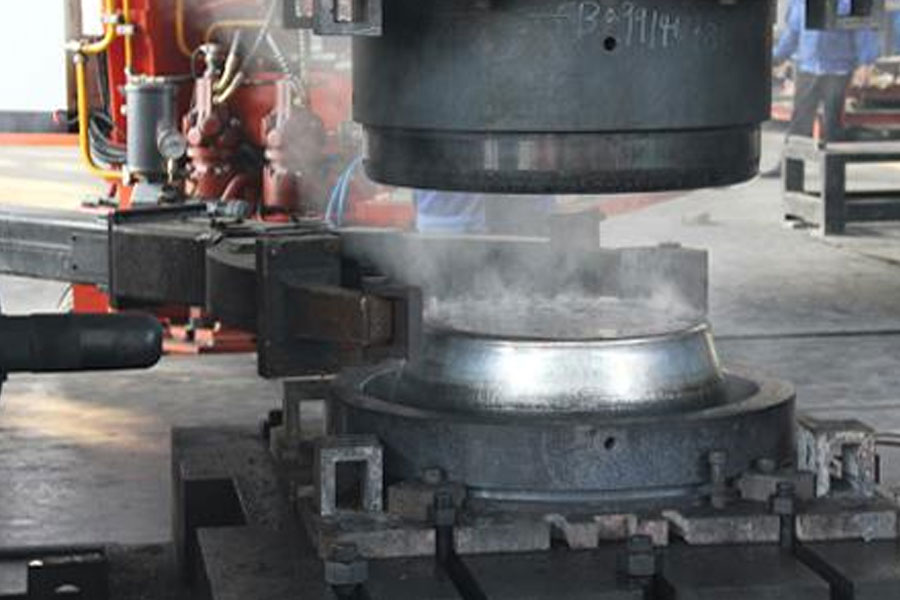With the development of large-scale integrated circuit technology and surface mounting technology, the hardware modules and installation methods of CNC numerical control system have been continuously improved. Then we now have a CNC training to understand its structure. From the overall installation structure of CNC numerical control system, there are two types of integral structure and split structure.
The so-called integral structure is to install the circuit board composed of CRT and MDI panel, operation panel and functional module board in the same chassis. The advantage of this method is that it is compact and easy to install, but sometimes it may cause some signal connections to be too long. The split structure usually makes the CRT and MDI panel, operation panel, etc. into one component, and the circuit board composed of functional modules is installed in a chassis, and the two are connected by wires or optical fibers. Many CNC machine tools also use the operation panel as a single component. This is because the requirements of the controlled machine tools are different. The operation panel must be changed accordingly. The split type is conducive to replacement and installation.
The installation form of CNC operation panel on the machine tool includes hanging type, bedside type, control cabinet type, console type and so on.
Judging from the structural characteristics of the circuit boards that make up the CNC system, there are two common structures, namely, large-plate structure and modular structure. The characteristic of the large plate structure is that a system generally has a large plate, called the main board. The main CPU is equipped with a main CPU and position control circuits for each axis. Other related daughter boards (circuit boards that perform certain functions), such as ROM boards, part program memory boards and PLC boards, are directly plugged into the main board to form the core part of the CNC system. It can be seen that the large plate structure is compact, small in size, high in reliability, low in price, has a high performance / price ratio, and is also convenient for the integrated design of the machine tool. Although the large plate structure has the above advantages, its hardware functions are not easy Changes are not conducive to the organization of production.
Another relatively flexible structure is the modularized open system structure of the bus, which is characterized by making the CPU, memory, and input and output control into plug-in boards (called hardware modules), and even composed of CPU, memory, and input and output control. Independent microcomputer-level hardware module, the corresponding software is also a module structure, solidified in the hardware module. The hardware and software modules form a specific functional unit, called a functional module. There is a clearly defined interface between functional modules. The interface is fixed and becomes a factory standard or an industry standard, and information can be exchanged with each other. Therefore, the CNC system can be composed of building blocks, making the design simple, with good adaptability and scalability, short trial production cycle, convenient adjustment and maintenance, and high efficiency.
According to the CPU and structure used by the CNC system, the hardware structure of the CNC system is generally divided into two categories: single CPU and multi-CPU structure. The initial CNC system and some current economic CNC systems use a single CPU structure, and the multi-CPU structure can meet the requirements of high feed speed, high processing accuracy and many complex functions of CNC machine tools, and is also suitable for the operation of incorporating FMS and CIMS. Needs, which have been rapidly developed, it reflects the new level of today’s CNC system.
